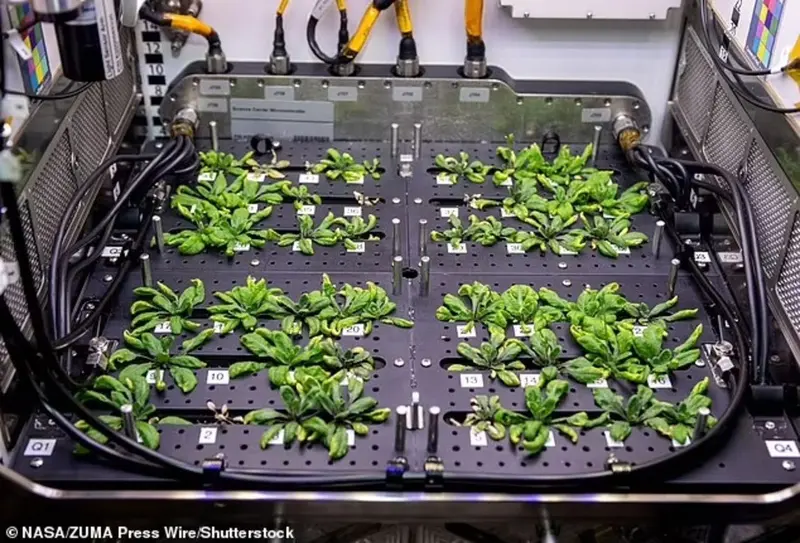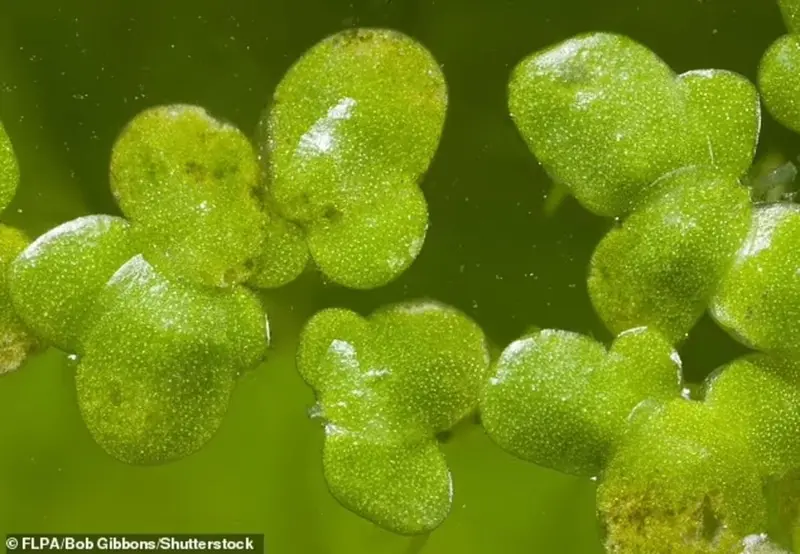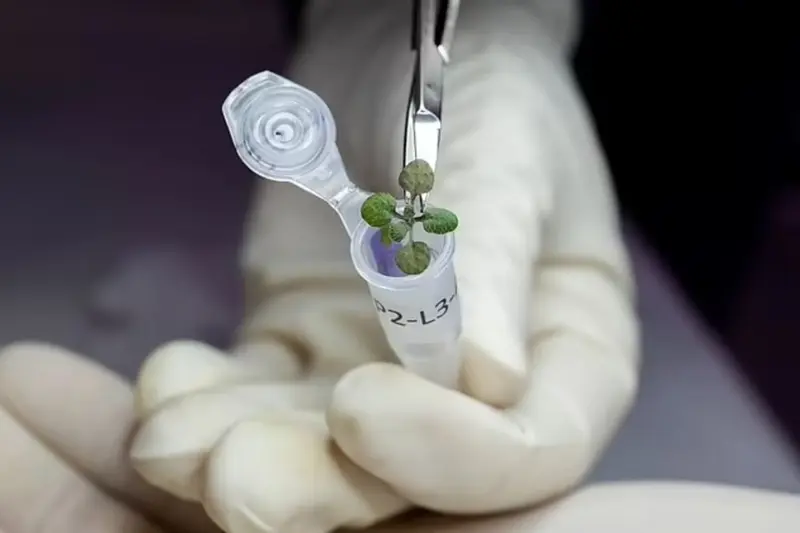The National Aeronautics and Space Administration (NASA) announced revolutionary plans for growing agricultural crops on the Moon. NASA , NASA).
Astronauts who will fly to the Moon in 2026 as part of the “Artemis III” mission will attempt to grow lettuce, duckweed, and rapeseed on its surface.
This will not be the first attempt to grow plants in space, but it is the first such experience on the surface. Month .
Researchers of Earth’s natural satellite have named the new agricultural experiment LEAF (“Lunar Effect on Agricultural Flora”). The LEAF project was developed at Space Lab Technologies, based in Colorado. The scientists’ goal is to investigate how different plants can adapt to lunar conditions, the publication reported. Daily Mail Thus, NASA will take another important step towards ensuring food supply for future lunar missions.
According to Kristin Escobar, the vice president of Space Lab Technologies, the team of scientists plans to create resources “necessary for people to live and work in space so they can conduct research and stay there as long as possible.”

Why did NASA choose these specific plants?
Astronauts will set up miniature greenhouse capsules on the surface of the Moon, where they will attempt to grow cress (Lepidium sativum), duckweed (Lemna), and rapeseed (Brassica rapa). The capsules will be protected from excessive radiation, sunlight, and the vacuum of space. Researchers have chosen plant species that are likely to be more resilient to many adverse factors, including foreign environments.
Duckweed, which has neither roots nor stems, is the smallest flowering plant in the world. It grows quite rapidly. Scientists hope that Lemna may be the most resilient species to space conditions, and it also contains a large amount of protein and oxygen. This makes duckweed a good food source for space explorers.

Both cress and rapeseed (a variety of cabbage) also have numerous advantages in terms of nutrition and endurance. Therefore, they could also be potential sources of food for future space colonies.
What else about objects are part of the “Artemis” mission III »
In addition to the LEAF agricultural experiment, the mission includes two more research projects: LEMS (Lunar Environment Monitoring Station) and LDA (Lunar Dielectric Analyzer).
LEMS is a series of autonomous seismometers that will closely monitor lunar earthquakes and help better understand the structure of the Moon.
LDA will measure the ability of the regolith (the surface lunar soil) to propagate an electric field, which is a key tool for searching for ice and other volatile substances.
If everything goes according to plan, four astronauts from “Artemis III” will land on the surface of the Moon at a yet-to-be-confirmed location, somewhere around the Moon’s south pole. This region is believed to contain water in icy deposits, which is crucial for the long-term presence of humans on Earth’s natural satellite.
The crew members who will be the first to return to the Moon since 1972 have not yet been named.

What is known about plant cultivation in conditions space in
In previous years, during experiments on the International Space Station (ISS), astronauts grew numerous plants in microgravity conditions. plants from radish to sunflower.
In 2019, the Chinese space agency succeeded in growing cotton aboard the “Chang’e-4” mission, which landed on the dark side of the Moon. However, researchers were unable to conduct further observations as the equipment was destroyed due to a thermal regulation failure.
In 2022, during a NASA-funded study, scientists grew plants in samples of regolith. Although the plants were not as robust as those grown in Earth soil, they were still able to break through the mixture of rocks, minerals, and glass that makes up the regolith and survive.

